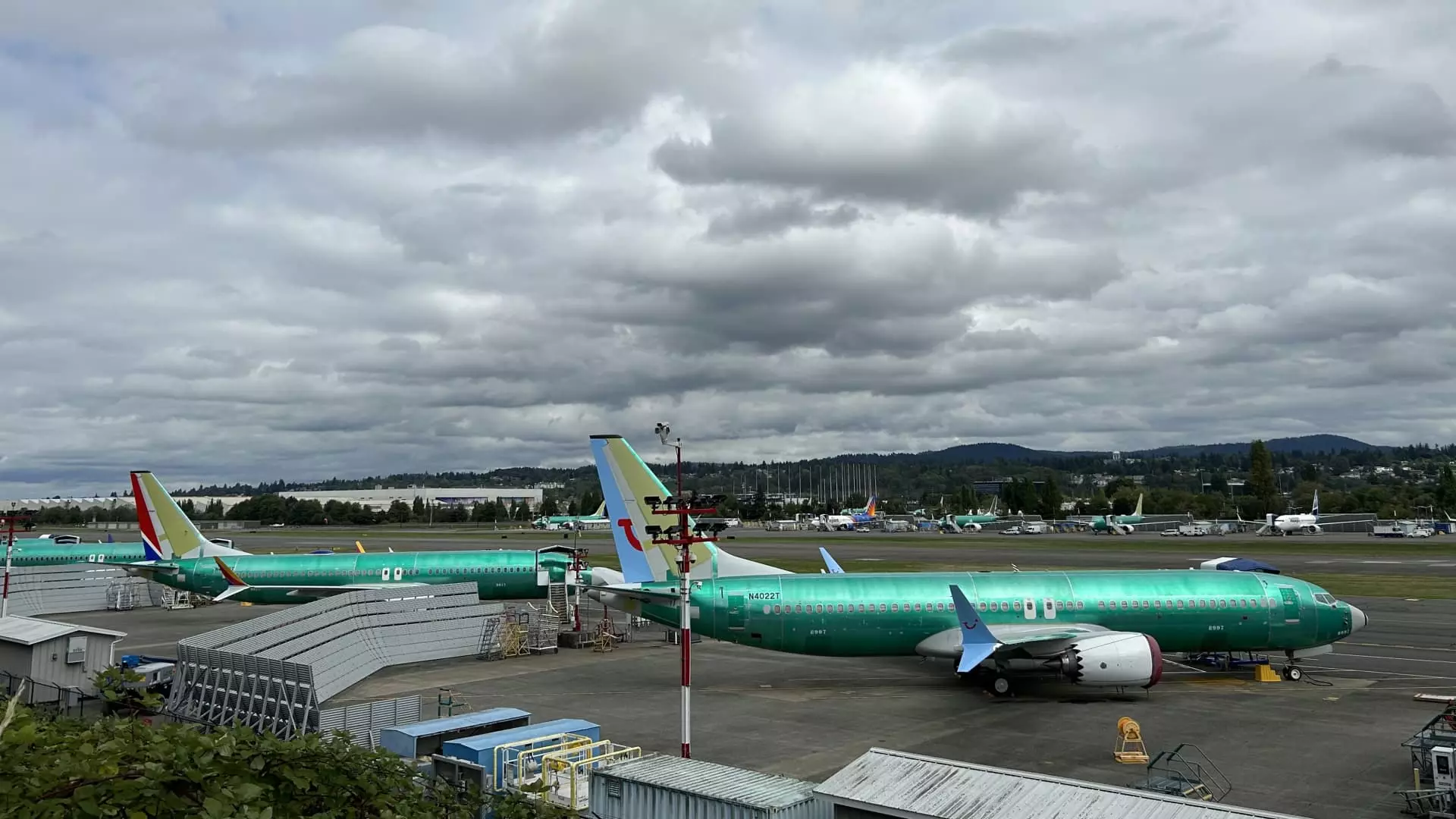In 2024, Boeing experienced a significant downturn in airplane deliveries, handing over only 348 aircraft—representing a staggering 33% decrease from the previous year. This decline was not merely a reflection of market dynamics but was exacerbated by internal crises, including a serious incident involving a midair door panel blowout and a labor strike that halted production. In contrast, Boeing’s main competitor, Airbus, thrived during this period, delivering 766 jets, the highest number since 2019. This article aims to unpack the various factors that severely impacted Boeing’s operational capabilities while examining the broader implications on the aviation industry.
Boeing’s operational challenges in 2024 can be traced back to two key events. Firstly, the midair incident prompted a critical reassessment of safety protocols and production quality, resulting in a temporary halt in certain aircraft types, most notably the 737 Max. Following this setback, a machinist strike compounded Boeing’s issues, halting production for eight weeks and leaving a backlog of orders that could not be met. Delivery figures from December indicated a slow recovery, with 30 airplanes delivered as production resumed, but this was insufficient to mitigate the substantial delivery gap that had opened with Airbus.
The delivery of aircraft is integral to Boeing’s revenue model—customers are required to pay a considerable portion of an aircraft’s price upon delivery. The reduction in delivered planes has had a cascading effect on the company’s financial health, prompting concerns from investors and analysts alike. Additionally, a shortage of available aircraft resulting from supply chain disruptions has driven lease rates to unprecedented levels. Reports from aviation data firm IBA suggest that lease costs could reach new highs in 2024, further complicating Boeing’s market position.
Despite the challenges, Boeing managed to record 142 gross orders in December alone, which included significant purchases such as 100 737 Max jets from Turkey’s Pegasus Airlines. However, the company also had to cancel over 130 orders linked to Jet Airways, a defunct Indian airline. Overall, Boeing’s annual figures showed 569 gross orders and a net tally of 377 aircraft, only a fraction of Airbus’s impressive 878 gross orders. The stark contrast between the two companies sets a challenging stage for Boeing as it addresses persistent issues in profitability and productivity.
As Boeing’s leadership prepares for an upcoming meeting with investors—scheduled for late January—there will undoubtedly be pressing questions concerning the company’s strategy to enhance production capabilities and recover financial stability. It is clear that Boeing must navigate its internal crises adeptly while repositioning itself within the broader aviation market, where competition is ever-growing. The road ahead will require not only improving operational efficiencies but also rebuilding trust and confidence among stakeholders to ensure a return to leadership in the aerospace sector.
Boeing’s struggles in 2024 illuminate a critical juncture for the aerospace giant, marked by operational setbacks, financial pressures, and a resolute need for recovery. How successfully Boeing can address these challenges in the coming months will determine its trajectory in an increasingly competitive landscape.


Leave a Reply